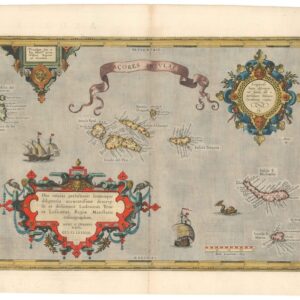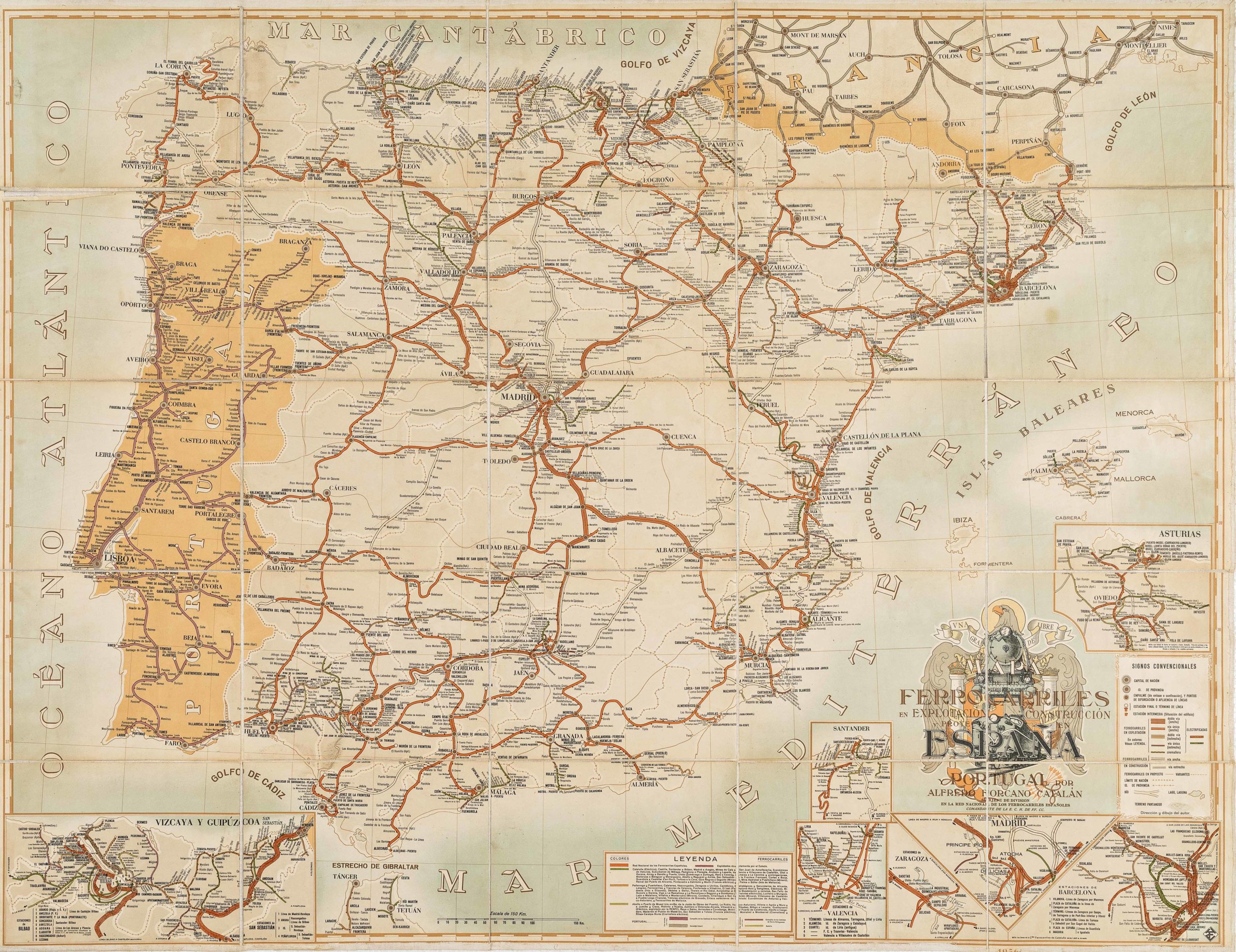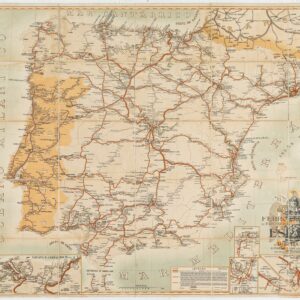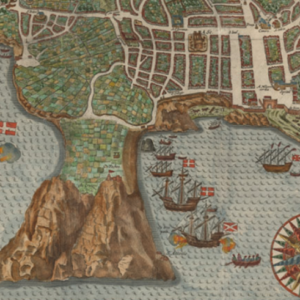Old color 1630 Mercator & Hondius map of the Basque region
Legionis, Biscaiae et Guipiscoae Typus
Out of stock
Description
Map showing the Spanish northern coast from the Asturies to the city of Bayonne, including the cities of Oviedo, Burgos, Bilbao, etc.
Its is decorated with two sailing ships and decorative title and scale cartouches.
Gerard Mercator was born in Rupelmonde in Flanders and studied in Louvain under Gemma Frisius, the Dutch writer, astronomer and mathematician. The excellence of his work brought under the patronage of Charles V, but in spite of his favor with the Emperor he was caught up in the persecution of Lutheran protestants and charged with heresy. While he escape serious consequences, no doubt the fear of further persecution influenced his move in 1552 to Duisburg, where he continued the production of maps, globes and instruments.
Mercator’s sons and grandsons were all cartographers and made contributions in various ways to his atlas. Rumold, in particular, was responsible for the complete edition of 1595. The map plates were bought in 1604 by Jodocus Hondius who, with his sons, Jodocus II and Henricus, published enlarged editions which dominated the map market for the following twenty to thirty years.
Cartographer(s):
Gerardus Mercator (March 1512 – 2 December 1594) was a 16th-century geographer, cosmographer, and cartographer from the County of Flanders. He is most renowned for creating the 1569 world map based on a new projection that represented sailing courses of constant bearing (rhumb lines) as straight lines—an innovation that is still employed in nautical charts.
Mercator was one of the pioneers of cartography and is widely considered the most notable figure of the Netherlandish school of cartography in its golden age (approximately 1570s–1670s). In his own day, he was notable as a maker of globes and scientific instruments. In addition, he had interests in theology, philosophy, history, mathematics, and geomagnetism. He was also an accomplished engraver and calligrapher.
Jodocus HondiusJodocus Hondius (14 October 1563 – 12 February 1612) was a Flemish engraver and cartographer. He is sometimes called Jodocus Hondius the Elder to distinguish him from his son Jodocus Hondius II.
Hondius is best known for his early maps of the New World and Europe, for re-establishing the reputation of the work of Gerard Mercator, and for his portraits of Francis Drake. One of the notable figures in the Golden Age of Dutch/Netherlandish cartography (c. 1570s–1670s), he helped establish Amsterdam as the center of cartography in Europe in the 17th century.
Condition Description
A good and strong impression. Paper age-toned, as usual. Repair of split lower part center fold.
References





